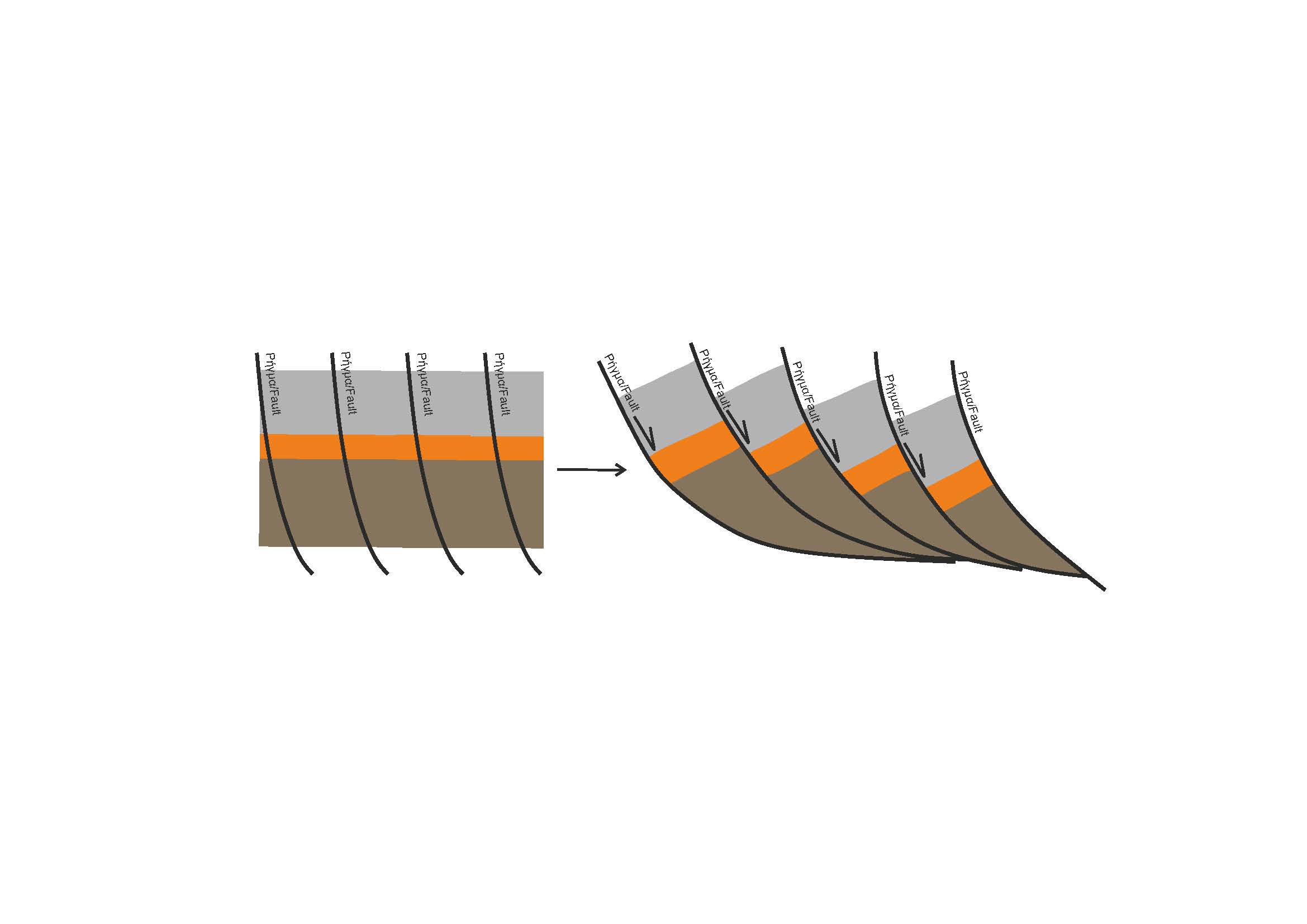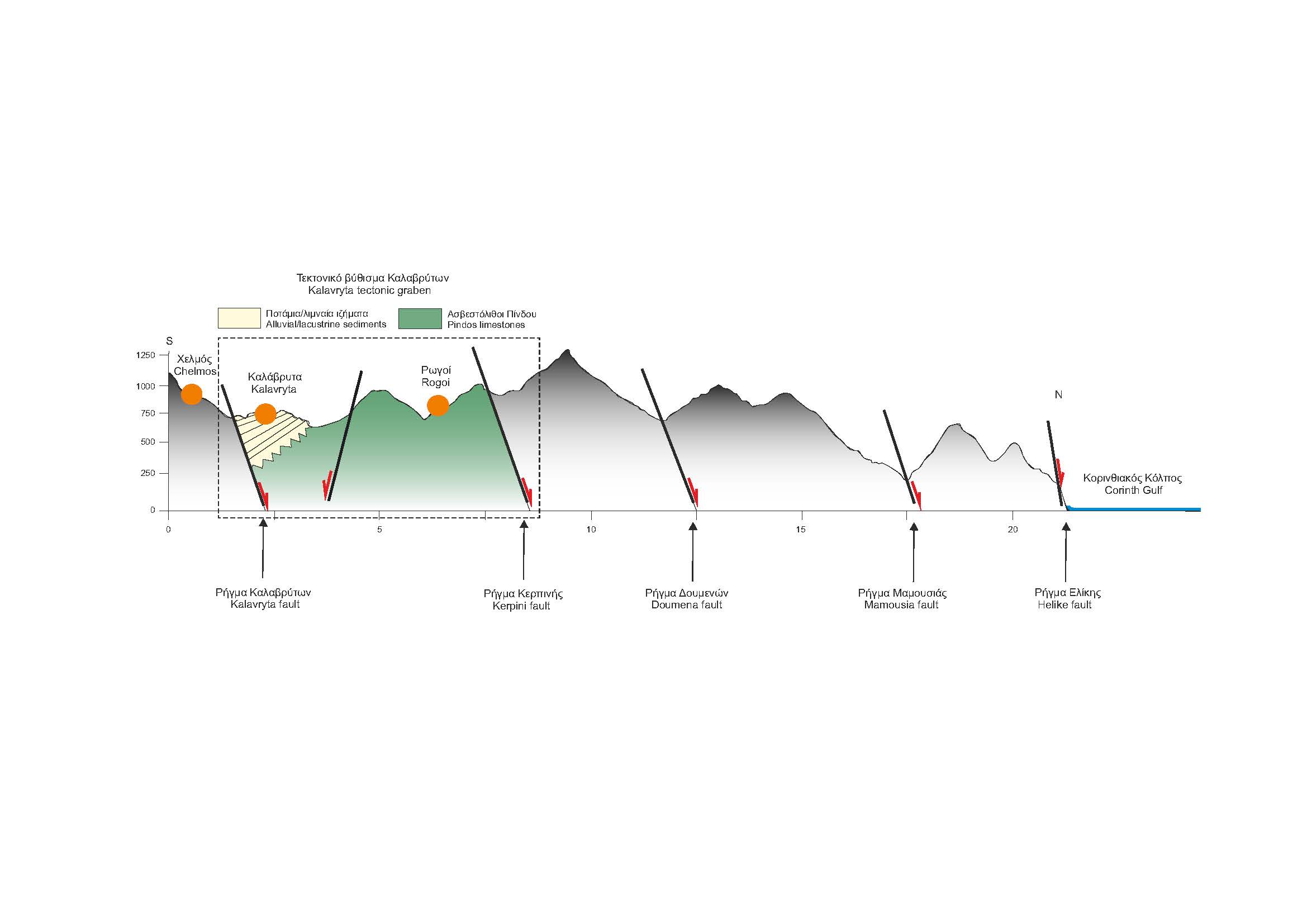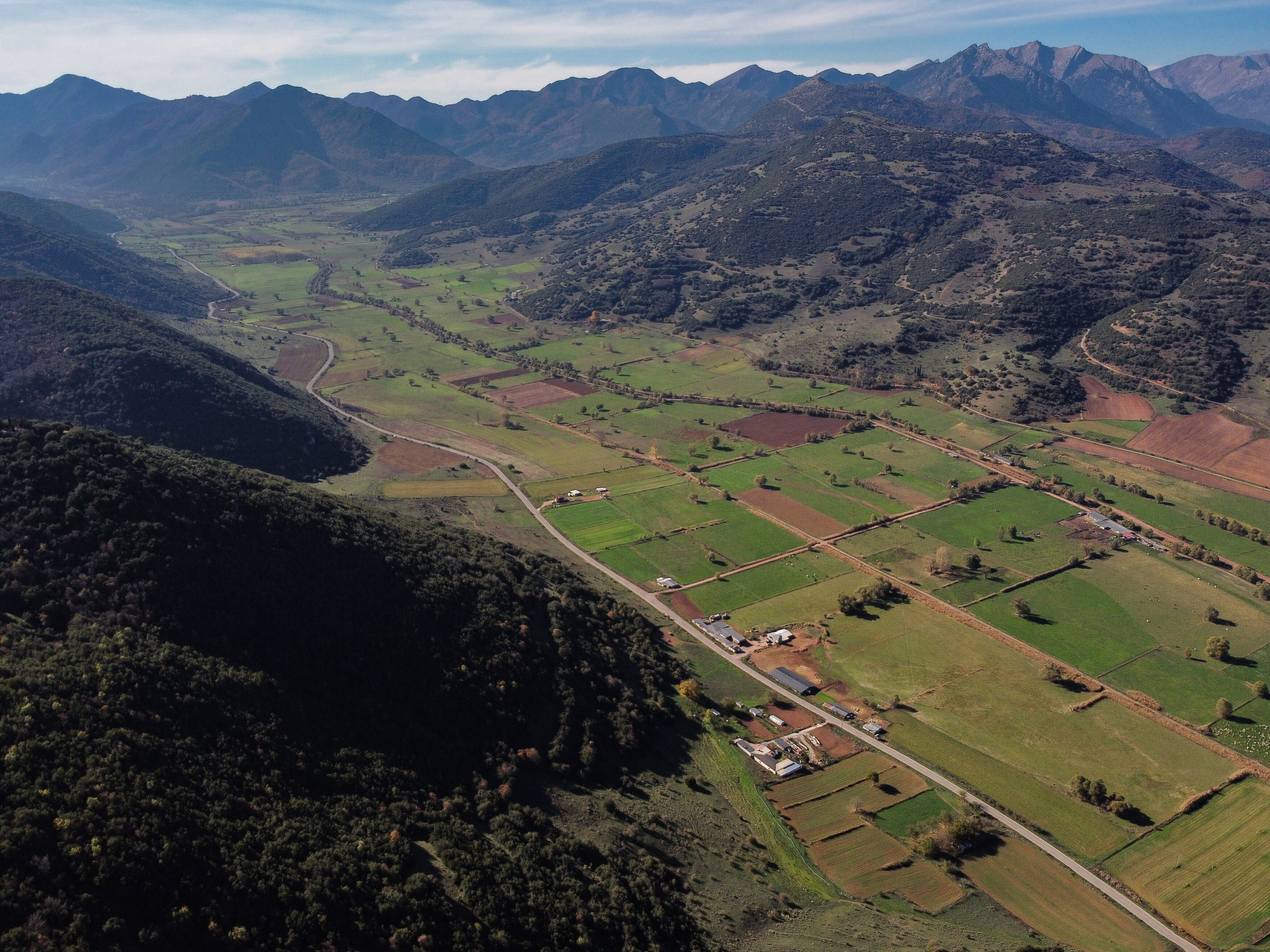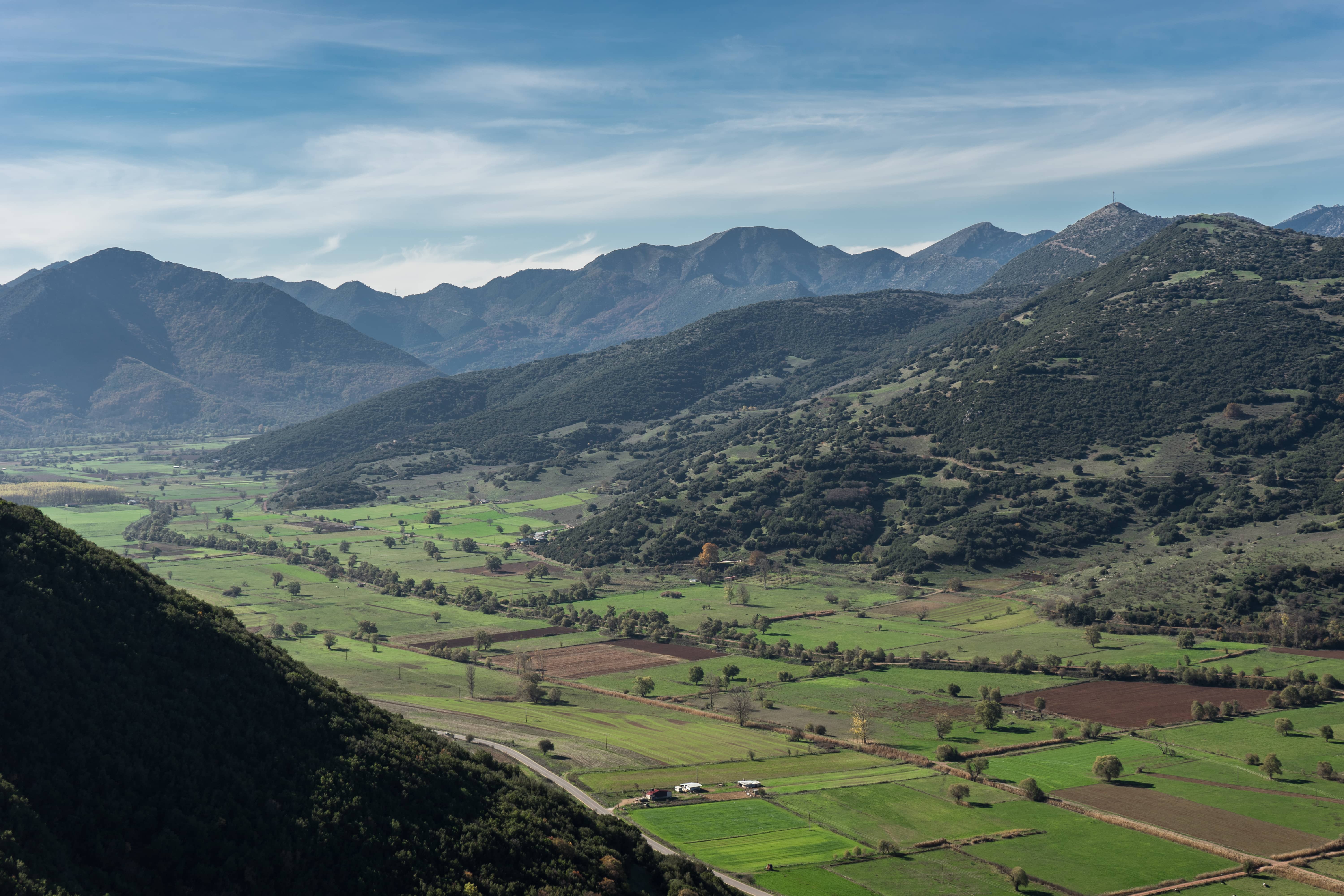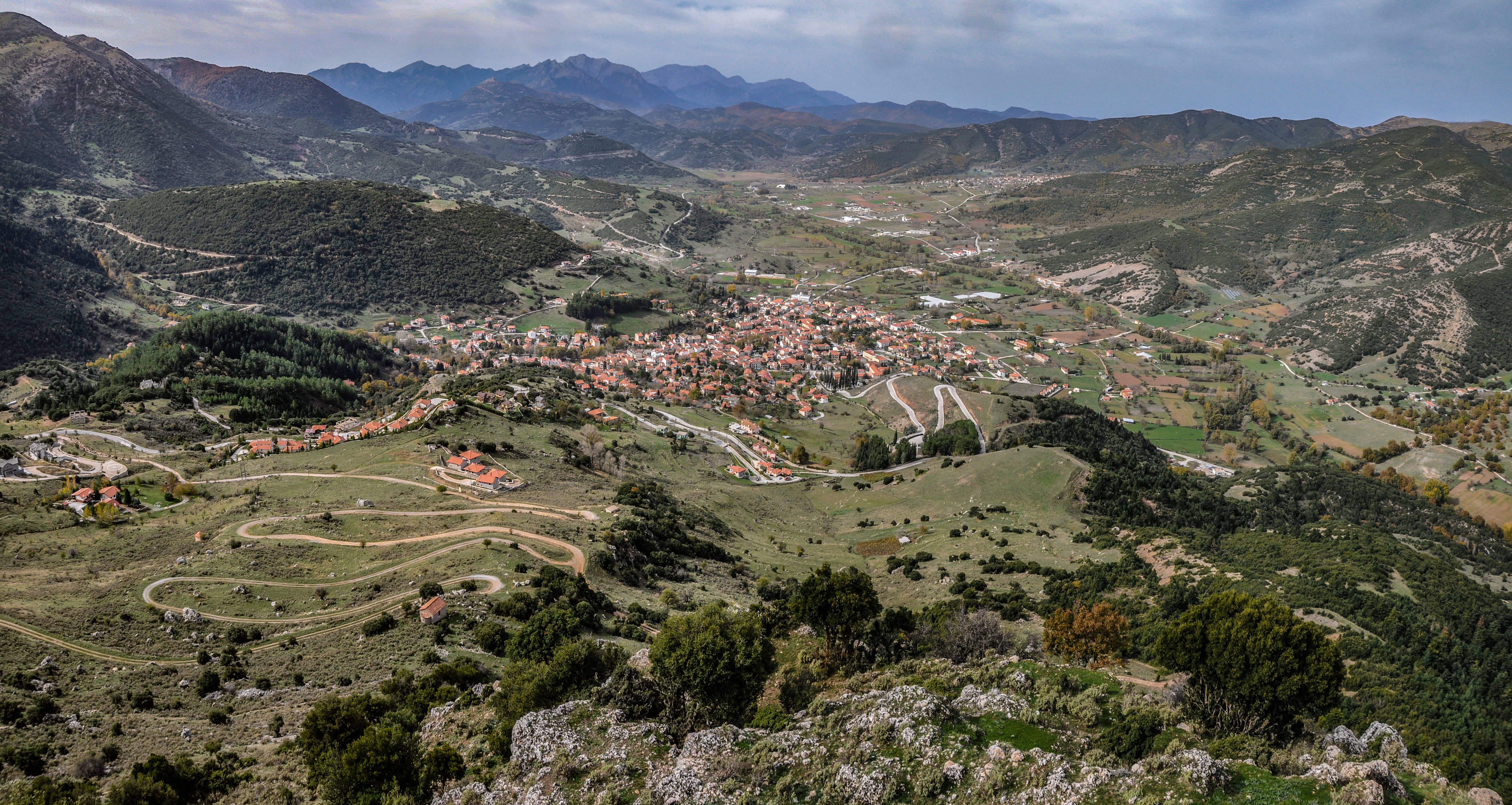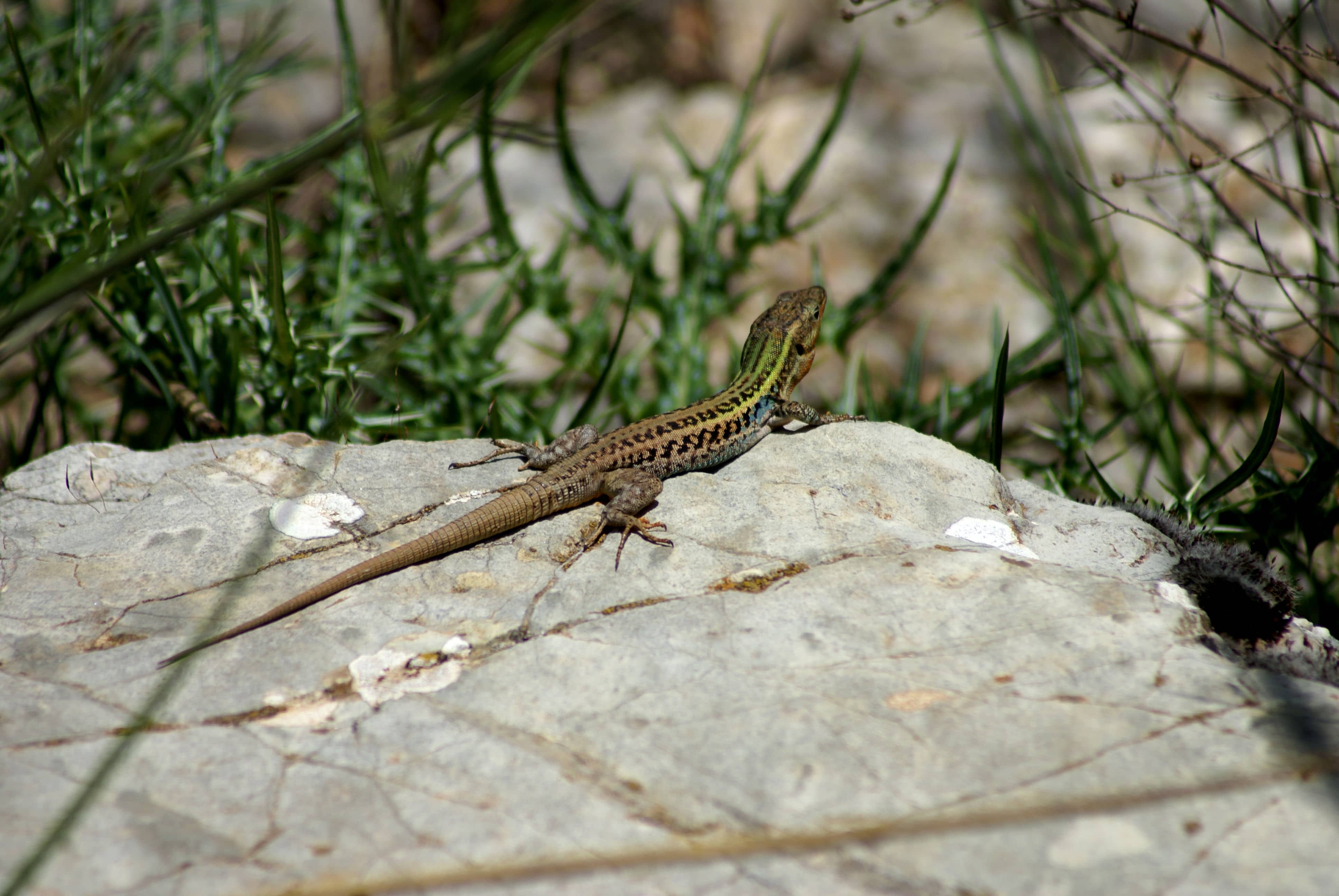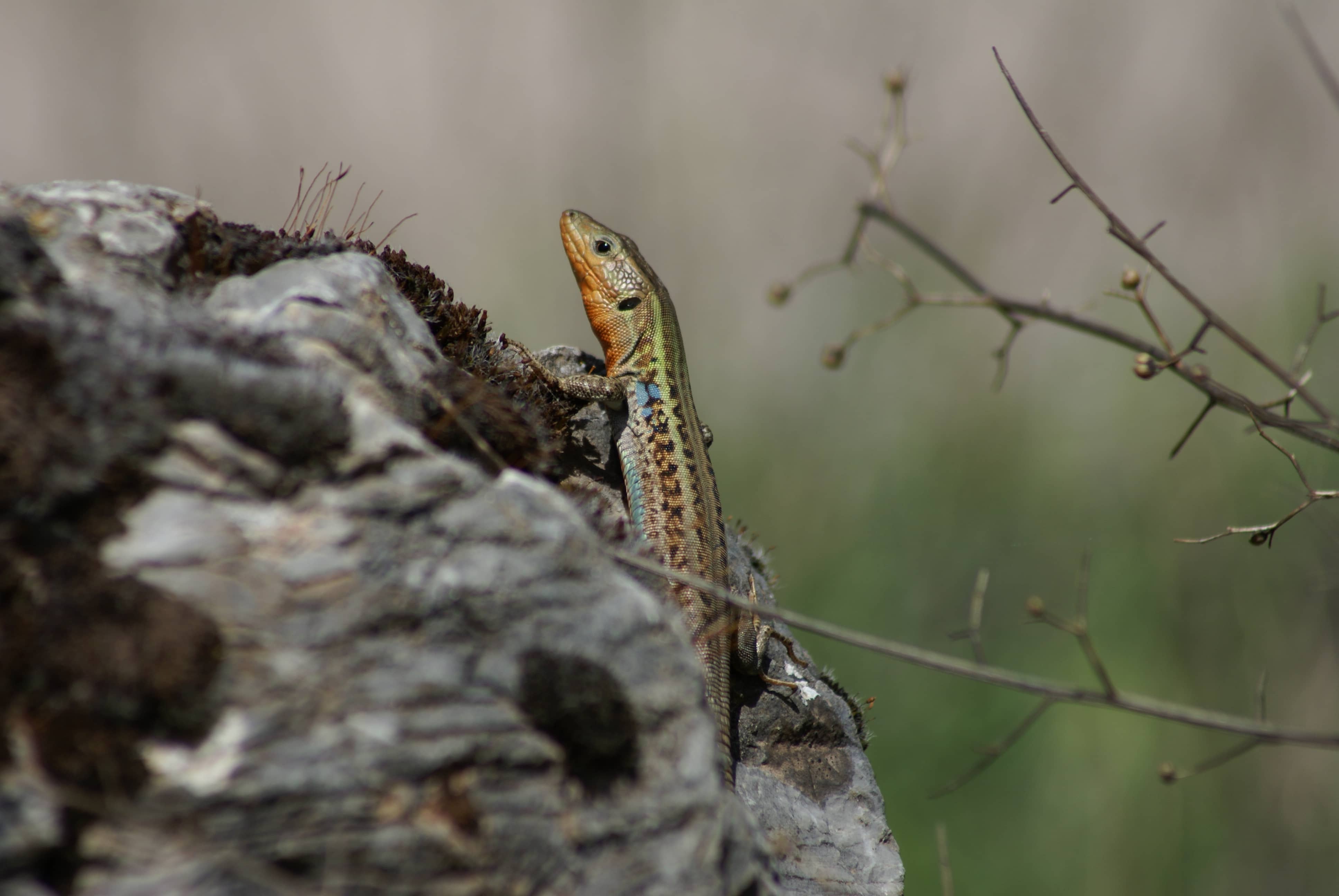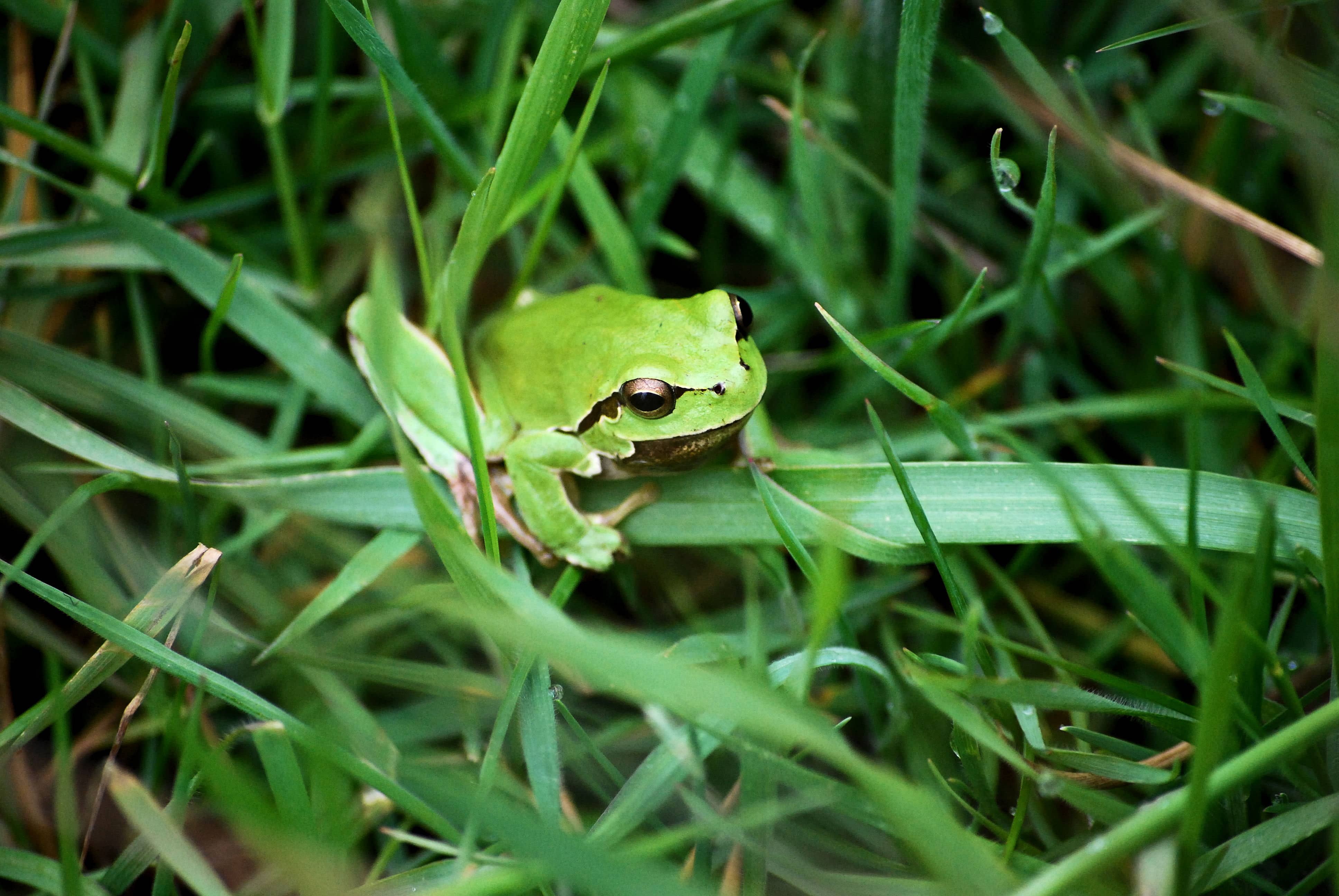THE BIRTH OF THE CORINTH GULF
The town of Kalavryta is built at the southern part of a big geological structure that is called “tectonic graben”.
Geodiversity
South of Kalavryta and towards the Corinth Gulf there are several big faults that separate the area into different blocks (half-grabens). These are the Kalavryta fault, the Kerpini fault, the Doumena fault, the Mamousia fault and the Helike fault. One such block is the Kalavryta tectonic graben that was formed between the Kalavryta and the Kerpini faults. In this region 5 million years ago started the formation of the Corinth Gulf rift. The Kalavryta tectonic graben is an elongated lowland area that was filled with sediments of at least 600 m thick during a time period between 5 and 1.8 million years ago. At the lowlands, lakes and swamps were formed and lacustrine sediments were deposited (clays, marls and lignites). With time the flowing water formed a large riverine system. Subsequently, riverine sediments were deposited (Lower conglomerates).
Vouraikos River, entering the area of the graben changes its flow direction due to the faults, and develops parallel to the graben forming a fertile valley used by the local people since antiquity. Vouraikos River consists the evolution of the former rivers mentioned above.
Biodiversity
The Geosite is located within the Protected Area “AISTHITIKO DASOS KALAVRYTON” (GR2320004) of the Natura 2000 network. The vegetation of the area is mainly characterized by Abies cephalonica forests, macchia and phrygana vegetation, grasslands and plantations with Pinus nigra subsp. pallasiana and Robinia pseudoacacia. The avifauna includes birds, such as the Golden Eagle (Aquila chrysaetos), and the Eurasian eagle-owl (Bubo bubo). In addition, important species either included in lists of endangered species and/or protected by Greek and international legislation are recorded, such as the lepidoptera Charaxes jasius, Cyaniris helena, Pieris ergane, Pseudophilotes bavius, Pyrgus alveus και Saturnia pyri, the European tree frog (Hyla arborea), the Peloponnesian wall lizard (Podarcis peloponnesiaca), the Hermann’s tortoise (Testudohermanni), the Leisler’s bat (Nyctalusleisleri), the European hare (Lepuseuropaeus), as well as the European wildcat (Felis silvestris).

